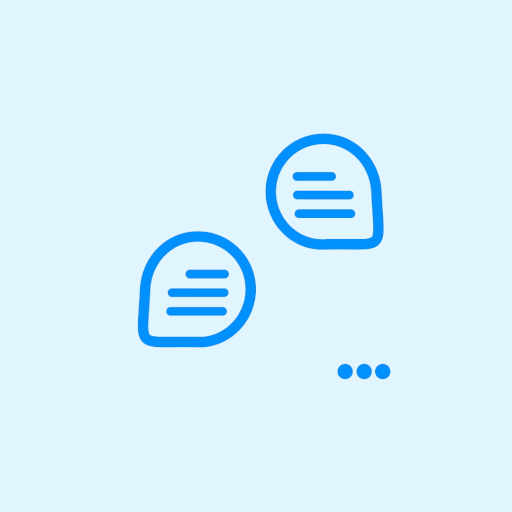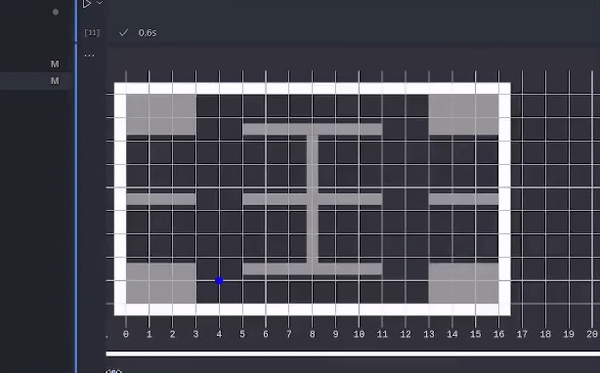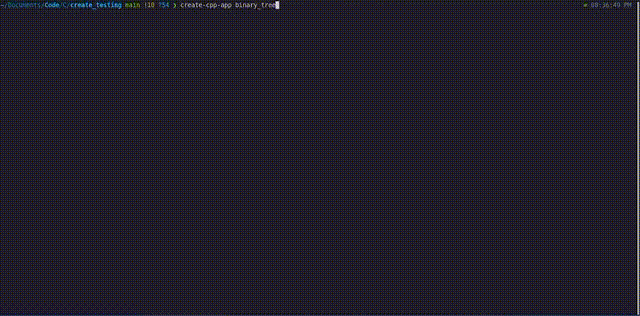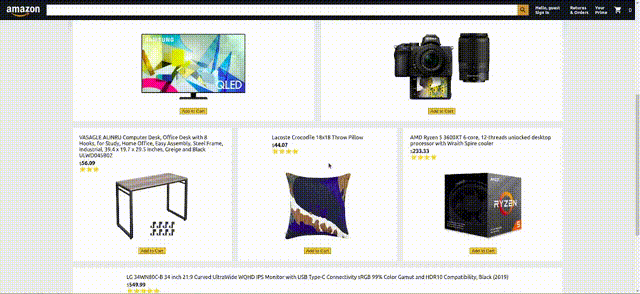
Hey there! I’m Daniyal. If you’re here, you might have used my code and it may have broke. Feel free to email me, DM me on Twitter, or reach out on LinkedIn.
If you have any questions about my open-source projects or want to pick my brain, feel free to reach out via email, LinkedIn, or Twitter.
I work at Samsung Semiconductor on the “Sonic” AI accelerator. If you work on torch.dyanamo/inductor/torch-mlir also please reach out.
More code/paper should be updated this March

Georgia Institute of Technology
Bachelors of Science in Computer Science
August 2020 - December 2023
Samsung Semiconductor Senior Engineer, AI/ML Software Compiler
December 2024 - Present
Manhattan Associates
Software Engineer
January 2024 - December 2024

import guidance
# set the default language model used to execute guidance programs
guidance.llm = guidance.llms.TWGUI("http://127.0.0.1:5000")
# define a guidance program that adapts a proverb
program = guidance("""Tweak this proverb to apply to model instructions instead.
{{proverb}}
- {{book}} {{chapter}}:{{verse}}
UPDATED
Where there is no guidance{{gen 'rewrite' stop="\\n-"}}
- GPT {{#select 'chapter'}}9{{or}}10{{or}}11{{/select}}:{{gen 'verse'}}""")
# execute the program on a specific proverb
executed_program = program(
proverb="Where there is no guidance, a people falls,\nbut in an abundance of counselors there is safety.",
book="Proverbs",
chapter=11,
verse=14
)
Innovative Plugin Development: Spearheaded the design and implementation of a cutting-edge AutoGPT plugin, seamlessly integrating the GPT-4 powered AutoGPT application with Alpaca Trading API to augment algorithmic trading strategies with advanced AI capabilities.
API Integration and Security: Expertly established secure and efficient connections to Alpaca’s Trading API, enabling robust trade execution, account management, and real-time data retrieval functionalities, while ensuring data integrity and compliance with industry best practices.
Enhanced Trade Management: Developed a comprehensive suite of tools for the automated placement, modification, and cancellation of diverse stock and ETF orders, including market, limit, and stop orders, resulting in a streamlined trading experience and improved operational efficiency.
Account and Portfolio Management: Implemented advanced features for real-time monitoring and management of user account details, portfolio positions, and transaction history, delivering a holistic view of financial assets and enhancing user decision-making.
Market Data and Risk Management: Provided traders with access to vital real-time and historical market data, including stock quotes and bar data, as well as corporate action insights, complemented by a robust paper trading environment for strategy testing and risk mitigation.



BuzzOS is an Operating System built for the Intel/AMD x86_64 architecture using assembly and Rust. The operating system includes a Graphical User Interface (GUI) and is designed to provide a complete user experience.
The operating system includes user space and a mechanism for user-level processes to perform system calls to the kernel. This allows users to run applications and perform various tasks on the system.
BuzzOS also includes drivers for various hardware components, including the keyboard, mouse, timer, disk, and Intel PIC 8259. These drivers enable a robust input experience and ensure that the operating system can communicate effectively with various hardware components.
In addition to the core operating system functionality, BuzzOS also includes a fully functional desktop interface with games and system apps. This interface provides users with a familiar and intuitive environment for interacting with the operating system.
Overall, BuzzOS is an impressive project that demonstrates the power and flexibility of modern operating systems. By leveraging assembly and Rust, the project was able to create a complete operating system with a GUI and a range of drivers and applications. This is a significant achievement and represents a valuable contribution to the field of operating systems. Github Page

Designed and developed a tower defense game using the Flutter framework.
You can play the game here.

The COVID Vaccine Tracker is a tool for predicting the progress of COVID-19 vaccinations across US states. It uses data from vaccine databases and factors in state population to estimate when each state will reach an 80% vaccination rate. The project was created in March of 2021 but could potentially be modified for use with the Delta variant of COVID-19.
The model used in the project is based on a logarithmic curve. It provided fairly accurate predictions until the 50% vaccination mark but did not accurately predict the curve going logarithmic at that point. Despite this limitation, the tool still provides valuable insights into the progress of vaccinations across different US states.
https://github.com/danikhan632/tower_defense_game
Create-Cpp-App is a Command Line Interface (CLI) tool that provides an npm-like experience for building C++ applications. The tool is designed to streamline the process of building C++ apps by automating many of the repetitive and time-consuming tasks that developers typically face.
The tool is built to be intuitive and user-friendly, and it generates makefiles and automatically updates CMake files for a fast and efficient development experience. This allows developers to focus on writing code instead of worrying about the build process.
Create-Cpp-App also includes a range of built-in testing, address sanitization, benchmarking, and other tools for building production-ready C++ applications. These tools are designed to help developers ensure that their code is of high quality and performance.
Overall, Create-Cpp-App is an innovative tool that helps simplify the process of building C++ applications. By providing an npm-like experience, the tool makes it easy for developers to get started with building C++ apps and reduces the time and effort required to build high-quality, production-ready applications.

Clean Up Crew is a web application that serves as a platform for connecting small communities with local businesses. The application was built using Next.js, MongoDB, AWS S3, Google Maps API, and ReactJS.
The platform allows users to create and interact with posts in a given area. Users can post about community events, local businesses, and other topics related to their community. The application includes a sorting algorithm based on various factors such as location, user interaction, and other metrics to ensure that the most relevant content is displayed to users.
The project was developed by a team of programmers who participated in a programming competition. Over a period of 36 hours, the team worked on developing the application and implementing its various features. After the competition, the team was awarded 13th place out of 191 teams, which is a testament to their hard work and the effectiveness of the application they developed.
Overall, this project represents a valuable contribution to small communities looking to improve their localities and small businesses seeking new opportunities. The platform provides a means for these groups to connect and collaborate, and the sorting algorithm ensures that the most relevant content is displayed to users. By utilizing modern web technologies and APIs, the platform is able to provide a seamless and user-friendly experience for its users.
The Self-Driving Car project is a machine learning project that aims to simulate the behavior of a self-driving car using a Convolutional Neural Network (CNN) and computer vision techniques. The project involves constructing a virtual environment where a car can be driven autonomously using machine learning algorithms.
The CNN is used to determine the speed and angle of rotation of the simulated vehicle based on data obtained from a virtual camera. The camera captures images of the environment and feeds them into the CNN, which processes the data and outputs a prediction for the vehicle’s next move. The CNN is trained using a dataset of labeled images and their corresponding speed and steering angles.
To implement the CNN, the project utilizes a number of machine learning libraries, including Tensorflow, Keras, and NumPy. These libraries provide a range of tools for developing, training, and testing machine learning models, as well as tools for processing and analyzing large datasets.
The project also includes a testing environment where the performance of the self-driving car can be evaluated. This environment allows the user to adjust parameters such as the speed and complexity of the environment, and to observe how the car responds to different scenarios.
Overall, the Self-Driving Car project represents an exciting application of machine learning and computer vision techniques to the field of autonomous vehicles. By simulating the behavior of a self-driving car in a virtual environment, the project provides a safe and scalable platform for testing and developing new algorithms and techniques for autonomous driving.

The Amazon Shopping Clone is a web application built using the MERN stack (MongoDB, Express, React, and Node.js) and Stripe API. It mimics the design and user interface of the Amazon.com website, allowing users to browse and purchase products in a familiar environment.
One of the key features of the application is its login system, which allows users to create accounts and securely store their personal and payment information. This information is stored using MongoDB, a NoSQL database that provides a flexible and scalable data storage solution.
In addition to the login system, the application also utilizes the Stripe API to handle transactions in a secure and scalable manner. Stripe is a popular payment processing platform that provides a wide range of features for online businesses, including secure payment processing, subscription management, and fraud detection.
To ensure a smooth and intuitive user experience, the application implements a design language that closely mimics that of the Amazon.com website. This includes a consistent color scheme, typography, and layout, as well as familiar user interface elements such as navigation menus, search bars, and product listings.
Overall, the Amazon Shopping Clone provides a robust and scalable platform for online shopping that combines the familiarity and convenience of Amazon.com with the security and scalability of modern web technologies. Github Page
You can access the live demo of the FakeBlock Shopping project here
